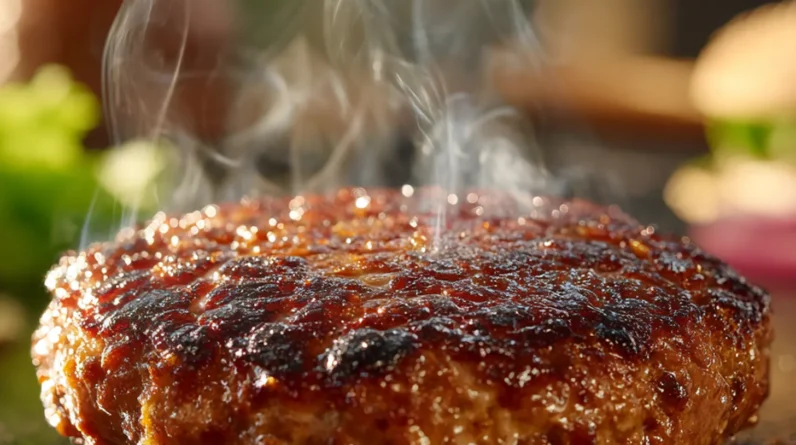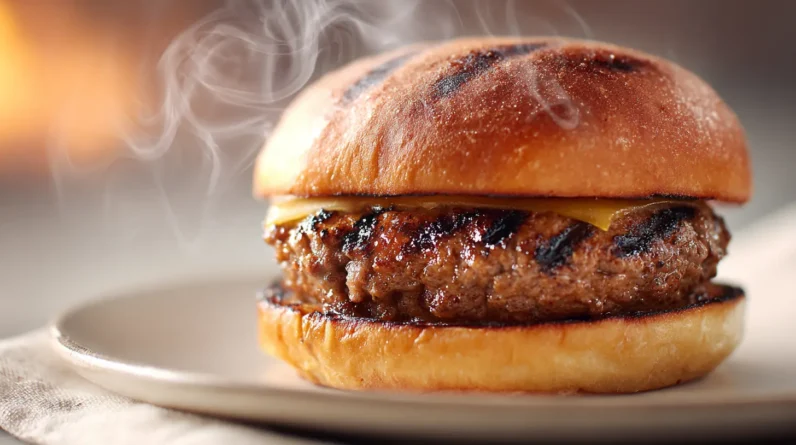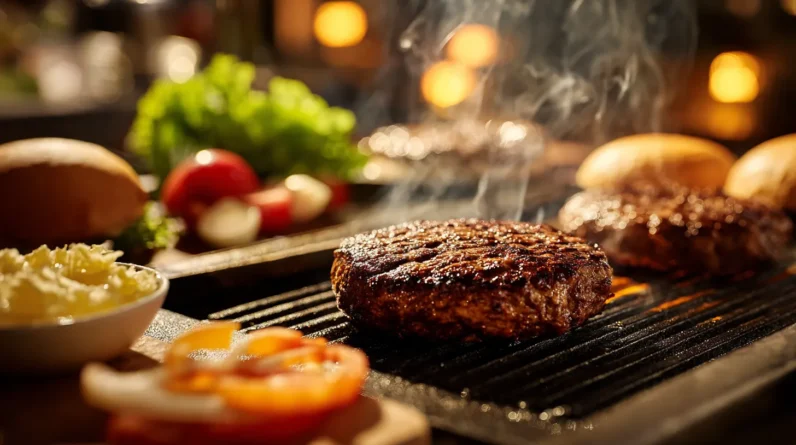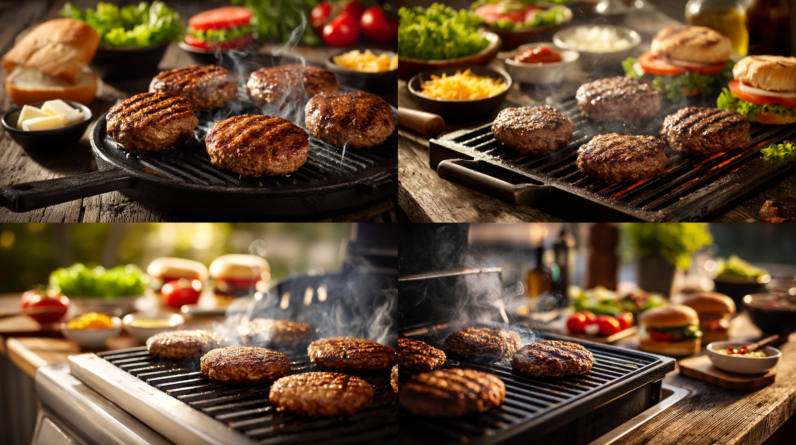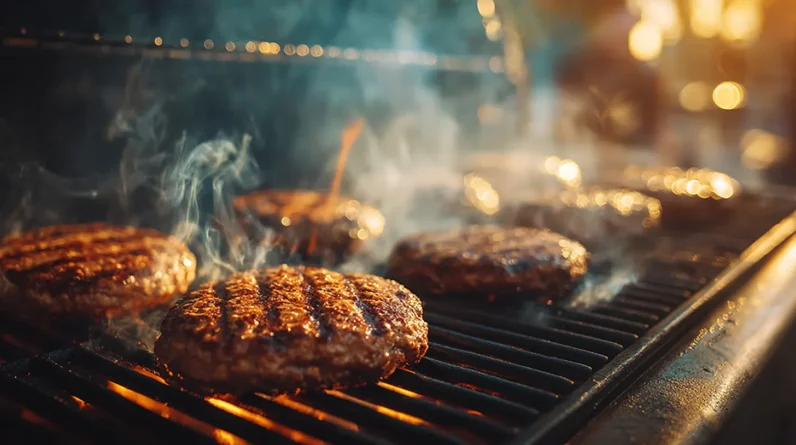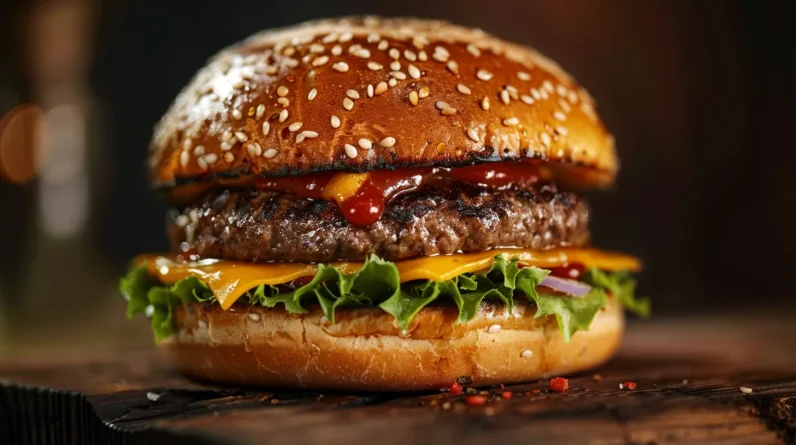
We’re uncovering the science behind juicy, smoke-kissed burgers. It starts with internal temperatures and doneness, precise grill control, and optimal meat composition. We’ll explore how fat ratios, protein structures, and cooking techniques impact texture and flavor. By understanding these elements, we can achieve burger perfection. As we dive into the details, you’ll discover how to balance flavor, texture, and food safety for a truly exceptional burger experience.
Burger Internal Temperature and Doneness
We’re discussing burger internal temperature and doneness, a crucial aspect of grilling the perfect burger. To achieve optimal doneness, we use meat thermometers to measure internal temperatures. Cooking methods, such as grilling or pan-frying, require precise temperature control. We aim for specific internal temperatures, ranging from 115°F for blue rare to 160°F for well done. By utilizing meat thermometers and adjusting cooking methods, we can ensure perfect doneness. This precise control allows us to balance juiciness, texture, and food safety. With practice, we can master the art of grilling burgers to our desired level of doneness.
Grill Temperature and Cooking Technique
As we transition from internal temperature and doneness to the intricacies of grill temperature and cooking technique, it’s clear that achieving optimal grill temperature is crucial for cooking perfect burgers. We prioritize grill maintenance to ensure accurate temperature control. Our cooking methods involve medium-high heat, between 350°F and 400°F, for balanced searing and interior cooking. By mastering these techniques, we can employ a two-stage cooking method, utilizing indirect heat and final searing for a superior crust. This approach allows for even cooking, reducing thermal gradients and promoting juiciness, which is a key aspect of achieving burger perfection through precise grill temperature and cooking technique.
Scientific Basis of Juiciness and Texture
When it comes to achieving burger perfection, our understanding of the scientific basis of juiciness and texture is crucial. We recognize that meat composition, particularly an ideal fat ratio of 80% lean meat and 20% fat, is key to moisture retention. Protein structure also plays a role, as grinding severs collagen, improving tenderness. Texture enhancement techniques, such as adding a panade, help retain moisture. By balancing fat ratio and protein structure, we can achieve optimal moisture retention and texture enhancement, resulting in a juicy and tender burger. This balance is essential for mastering burger perfection.
Food Safety Considerations
Proper handling and storage of raw burgers is crucial to prevent bacterial growth and contamination. We must follow strict handling protocols to avoid cross contamination. This includes storing raw ground meat at temperatures below 40°F (4°C) and keeping it covered when left out. We should also use a clean bag for transporting raw meat and avoid prolonged aging or storage. By following these guidelines, we can minimize the risk of pathogen proliferation and ensure a safe burger preparation process. This is key to preventing foodborne illnesses and maintaining a safe environment for burger consumption, free from cross contamination.
Flavor Development and Smoke Interaction
We’ve established the importance of handling and storing raw burgers safely to prevent contamination. Now, we dive into flavor development and smoke interaction. We analyze flavor chemistry, where the Maillard reaction creates hundreds of new compounds. Smoke profile is crucial, as wood smoke contributes phenols and syringol, layering on top of Maillard flavors. Different woods produce varying smoke flavor chemicals, influencing taste. We must control heat to balance flavor development, ensuring a rich, smoke-kissed profile. By mastering flavor chemistry and smoke interaction, we can achieve burger perfection, with a deep, complex flavor profile that’s both savory and smoky.
Conclusion
As we coincidentally savor the perfect burger, it’s no accident that science plays a crucial role. We’ve discovered that exacting temperatures and techniques converge to create juicy, smoke-kissed perfection, leaving us craving more of that unforgettable flavor and texture combination.



